This volume of the book entitled 'Encyclopaedia of Indian Architecture' is devoted to the study of Hindu architecture. It has fourty-six chapters. The Chapters in this volume deal with the origin of architecture in India, the architecture of Rgvedic period, the architecture in the later Vedas and Brahmanas, the Vastuvidya in Sutra literature, the settlement patterns, urban planning and architecture of Harappans, the residential architecture of Harappans, the architecture in the age of Ramayana, the architecture in the Mahabharata, the architecture in Kautilya's Arthasastra, the earliest writers of the Vastusastra, the development of Vastuvidya from first to sixth century A.D. and onwards, the various orders of Indian architecture, the relation of Manasara with other treatises on Indian architecture, two principles of Vastusastra, the door in Indian architecture, the bricks in the vastusastra, the origins of temples and the assimilation of Aryan and Non-Aryan cultures in the Vastusastras. The other chapters deal with the origin of stone architecture in India, various phases of Indian architecture, mauryan dynasty and the foundations of the Indian architecture, fergusson's classifications of style, the Visnu and Siva shrines, evolution of the temples, The great temples of Elephanta the Early Chalukyan architecture, the architectural style of Chalukyans, the Dravidian style, its genesis, under the Pallavas, the temples of Cholas, the Dravidian style under the Pandyas, the Architecture of the temples of deccan, orissan temples, Khajuraho, Rajputana and central India, temples of Gujarat and West, the Dravidian style under the Vijayanagara dynasty, the kakatiya temples, Lepaksi temple, the architectural style of the temples of Madura, the temples of Gwalior, the town of Brindavan, and the mythological beliefs in city-planning. In short the volume is very much important for the study of Hindu architecture in India.
ABOUT THE AUTHOR B. L. Nagarch
Dr. B. L. Nagarch, born on 10th April 1937 at Datra (M.P.), is an eminent scholar of archeology, art, architecture and culture. He retired as Director in 1995 from the Archeological Survey of India, New Delhi, where he served in various capacities from 1961 onwards. Dr. Nagarch took his Master of Arts degree in Sanskrit from University of Sagar, Sagar (M.P.) in 1960 and his Post Graduate Diploma in archeology from the Archeological Survey of India, New Delhi in 1971 by the university of Sagar, Sagar fro his thesis entitled 'The Development of Sanskrit Drama in Eighteenth century,. Dr. Nagarch also served as a member of expert committee for the physical verification of Sanskrit manuscripts in National Museum, New Delhi from 2000 to 2003.
ABOUT THE AUTHOR D P Sharma
Dr D.P. Sharma did his M.A. in Ancient History, Culture and Archaeology from Allahabad University. He continued his field work and participated in various excavations at Pangoraria, Mansar, Naramada valley, Bhimbetka Chopani-Mando, Mehgara, Koldihwa, Mahadaha, Sringavepur and Bhardwaj Ashram. Besides this, he did extensive exploration in districts of fatehpur, Pratap Garh, Allahabad of U.P. and Buddhani area of Madhya Pradesh. Another significant contribution of Author is discovery of Menander-I (Posthumous) Brahmi inscription from reh. During 1983-84, he was awarded Commonwealth scholarship and he meritiously qualified M.A. (Archeology) with specialization on Palaeolithic-Mesolithic of world, from Institute of Archaeology, University of London. He participated in the excavation of Suxxes (U.K.) and Pincenvent (France). He has completed D.Phil. research in Allahabad University. In 1985, he joined as Dy. Keeper at National Museum, New Delhi. In 1993, he was promoted as Keeper in National Museum. At present he is Associate Professor in National Museum Institute and Head of Collection, Harappan and pre-history, national Museum, New Delhi. He has 20 books and 175 research papers in his credit.
ABOUT THE AUTHOR Dulari Qureshi
Dr. Dulari Qureshi is on a curatorial port in the History Museum of Dr. Babasaheb Ambedkar Marathwada University. She is a multi-faceted personality who has done immense work in the field of Art, Culture and History. She is also a writer and journalist and contributed more than hundred articles in both national and regional newspapers. She has authored two books, one titled, "Ajanta Paintings Sculpture and Architecture" and the second, "Stone Sculptures in the History Museum". One of her significant contribution is the discovery of inscriptions at Pitalkhora near Aurangabad. Dr. Dulari Qureshi, is also teaching post-graduate students of Tourism, in the Department of Tourism Administration in Dr. Babasaheb Ambedkar University. She is the member of the Tourist Advisory Board formed by Maharashtra Tourism Development Corporation in Aurangabad. She is also a member of Aurangabad Beautification Committee and a member of Museaum Committee formed by the Municipal Corporation of Aurangabad. She is on the editorial board of "Art and Glamour" a magazine on Art, Culture, History and Tourism, published from Aurangabad. Dr. Dulart Qureshi has also done her Bachelor in Journalism and is on the teaching faculty for Diploma and degree courses in Journalism. She is also a faculty member in services preparatory Institute established by the Government off Maharashtra to prepare students for UPSC examination for selection to the National Defence Academy.

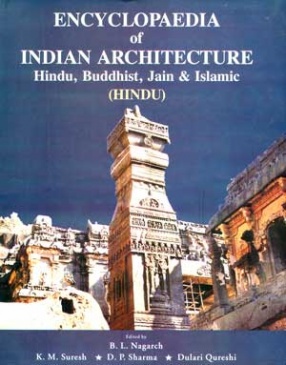
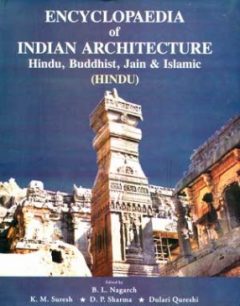
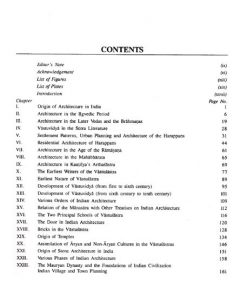
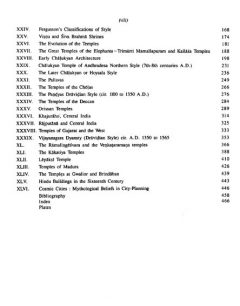
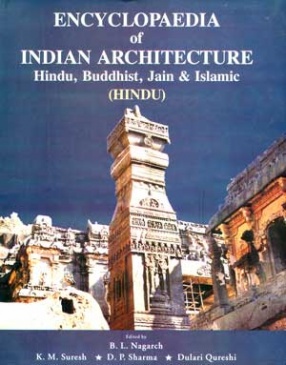
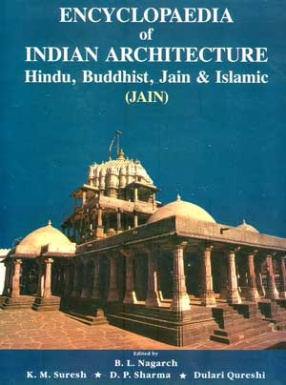
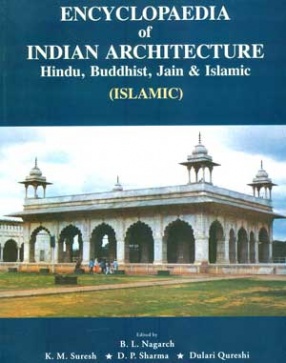
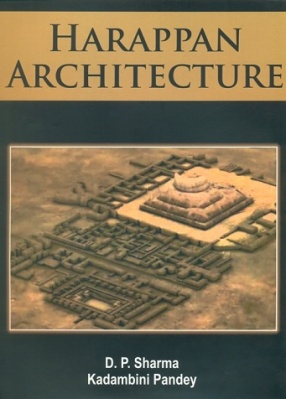
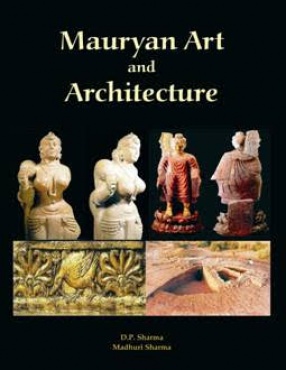
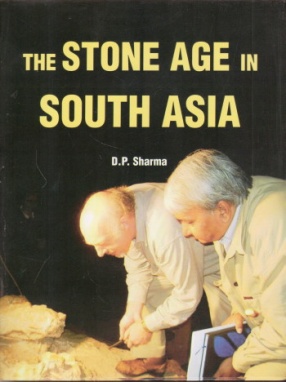
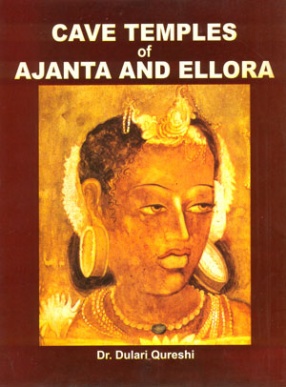
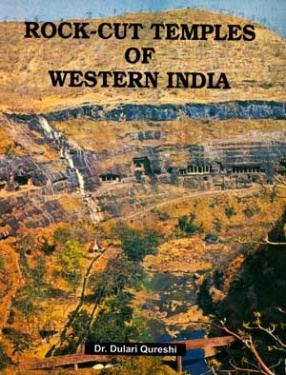
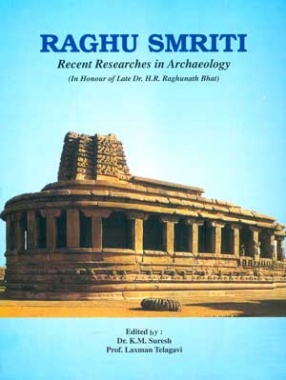
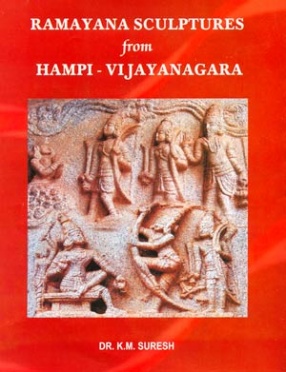
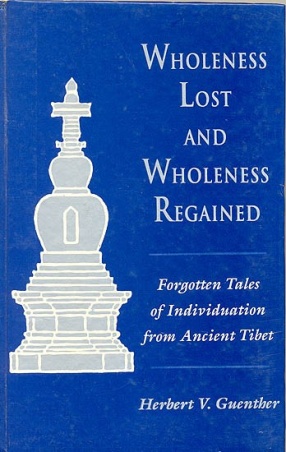
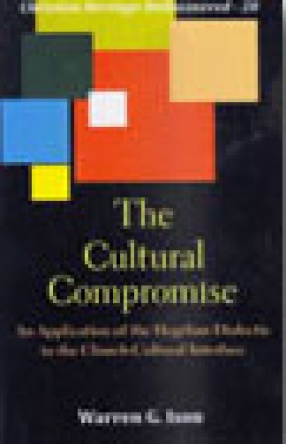
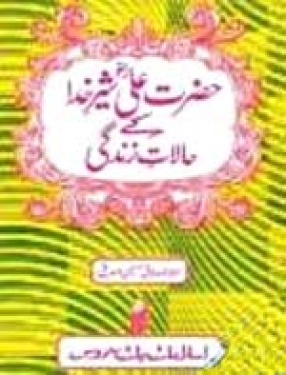
There are no reviews yet.